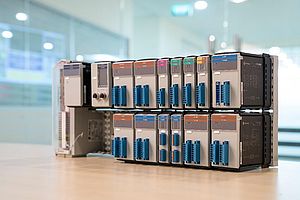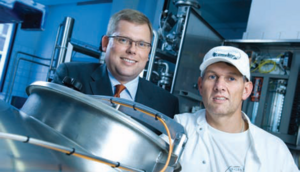Rockwell Automation has announced the latest generation of its PlantPAx Process Automation System, an integrated control and information solution that helps manufacturers achieve plantwide optimization in a wide range of industries. PlantPAx System Release 2.0 builds on the success of the initial PlantPAx system, adding new features for high availability, device integration and asset management, design productivity, batch and sequencing control, and operations productivity. In addition, a new focused program will help OEMs and skid builders serving process industries reduce their overall costs and minimize their time to market, all while simplifying the integration of their equipment into the user’s process system.
“The Rockwell Automation PlantPAx Process Automation System is gaining significant adoption across a wide customer base,” said Steve Eisenbrown, senior vice president of Architecture and Software, Rockwell Automation. “It’s a strong foundation that allows us to add new platform capabilities and domain expertise to continue to expand our served market deeper into process applications.”
PlantPAx System Release 2.0 capabilities include:
System high availability
Device integration and asset management
Design productivity
Batch and sequencing control operations productivity
Focused program for process OEMs and skid builders
“Users spend a significant amount of their engineering time – up to 60 percent in some cases – integrating equipment from various vendors into their DCS,” said Som Chakraborti, Process Business director, Rockwell Automation. “PlantPAx System Release 2.0 helps customers reduce this non-value add expense. It introduces a set of architectures and efficiency tools to help equipment manufacturers deliver their scope quicker, and offers end-users simpler integration to their process automation system.
Edited by Constanze Schmitz
Process automation system
features high availability, device integration and asset management, design productivity, batch and sequencing control, and operations productivity
- by Rockwell Automation - European Region
- November 29, 2010
- 2860 views



















